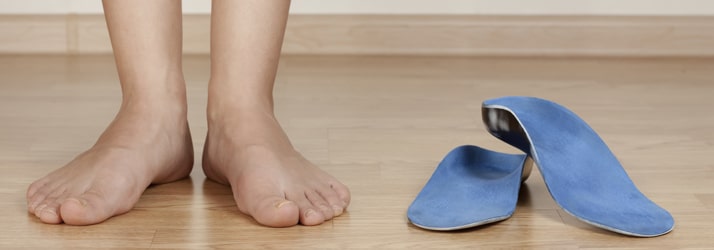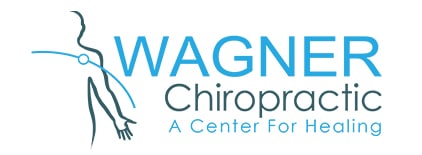Understanding and Treating Stabbing Heel Pain of Plantar Fasciitis

Foot pain in Eustis is a common complaint over the 15+ years I’ve treated patients. It is sometimes due to plantar fasciitis. Plantar fasciitis (from the latin planta meaning ‘sole and fasces meaning ‘band’) is an inflammation of a thick band of tissue (ligament) that connects the heel bone to the upper foot and supports the arch of the foot. It is one of the most common foot disorders and is a frequent cause of heel pain, affecting one out of ten people and responsible for one million physician visits annually. It can generally be caused by injury at the origin of the plantar fascia(1) or by biomechanical abnormalities of the foot.
Plantar fasciitis is characterized by stabbing heel pain and is usually also accompanied by tenderness in the heel immediately after periods of rest such as after a night’s sleep. The pain normally decreases once you get up and moving however it can return after long periods of standing or rising after sitting for a while.
Plantar fasciitis can affect anyone and is relatively common among athletes, especially runners.
Under normal circumstances, the plantar fascia acts like a shock-absorbing bowstring, supporting the arch in your foot, however when we subject it to too much tension and stress, small tears occur in the fascia causing irritation and inflammation.
People who are more at risk for developing plantar fasciitis include:
- People between 40 and 60 years of age.
- Certain types of athletes. Long-distance runners, and ballet and aerobic dancers are examples of people who place particular stress on the heel and attached tissue contributing to earlier onset of plantar fasciitis.
- Foot biomechanics. Flat-footedness, high arches and abnormal gait can place stress on the plantar fascia.
- Overweight. Overweight pounds place additional stress on the plantar fascia.
- Standing occupations. Store clerks, factory workers, restaurant workers are examples of those who spend a great deal of their work hours walking or standing on hard surfaces causing possible damage to their plantar fascia.
- Wearing shoes with inadequate support.
Chiropractic spinal and foot adjustments can help take some of the stress off the ligament connecting the heel bone to the upper foot thereby creating the space for the foot to heal. Chiropractic can also help to minimize misalignments caused by your gait. By building custom made orthotics by Foot Leveler and in addition to spinal and extremity adjustments, we may also suggest shockwave therapy(2) and Class IV lasers(3) (some of the highest powered lasers on the planet for physical therapy uses). These are all non-invasive, natural and many peoples’ plantar fasciitis issues have resolved in just a few weeks
- a thin sheath of fibrous tissue enclosing a muscle or other organ
- acoustic waves applied to create faster and long-term healing and regeneration
- of tissues
- sometimes also referred to as low level light therapy or photobiomodulation
- (PBM)–a low intensity light therapy
Endnote:
Cardenuto Ferreira, Ricardo. “Talalgia: plantar fasciitis” Sociedade Brasileira de Ortopedia e Traumatologia, Elsevier Editora Ltda, U.S. National Library of Medicine, 27 March 2014, https://www.ncbi.nlm.nih.gov/pmc/articles/PMC4511663
OFFICE HOURS
Monday
7:15am - 4:30pm
Tuesday
7:15am - 4:30pm
Wednesday
Closed
Thursday
7:15am - 4:30pm
Friday
7:15am - 3:30pm
Saturday
Closed
Wagner Chiropractic
2775 South Bay Street
Eustis, FL 32726
(352) 589-5443



